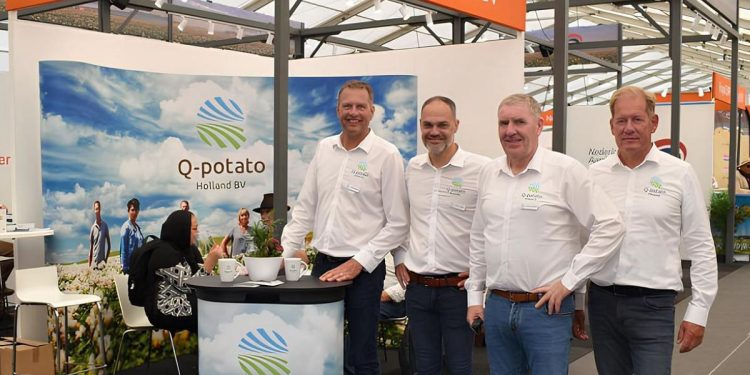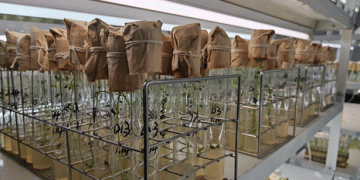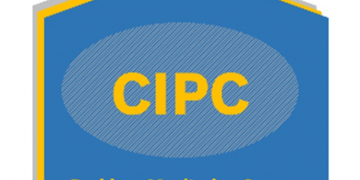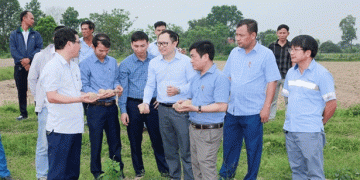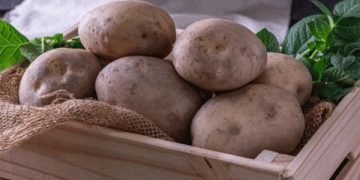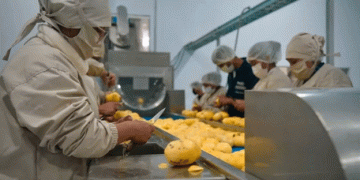#SeedPotato #Agriculture #EuropeanFarming #DiseasePressure #MarketTrends #AdaptationStrategies #VarietalSelection #SustainableAgriculture
The seed potato industry in Europe is facing a significant downturn, with notable declines in acreage observed across key producing nations. In the Netherlands, for instance, the latest data reveals a concerning trend: the third consecutive year of reduction, with the total area falling below 40,000 hectares for the first time since 2014. This decline poses significant challenges for ware potato cultivation in the region, exacerbated by heightened disease pressure.
According to Wouter Mutsaers of Q-potato Holland, controlling the escalating disease pressure with existing means has become increasingly arduous. Factors such as poor tuber setting, oversized seed potatoes, and harvest disruptions due to adverse weather conditions have further diminished the availability of quality starting material for the next planting season.
The repercussions of these challenges are reflected in the market dynamics, with historically high prices recorded for seed potatoes. Paradoxically, despite the elevated prices, the trend towards decreased acreage persists. Traditionally, favorable market conditions stimulate an expansion in acreage; however, the current scenario defies this expectation.
Wouter Mutsaers identifies shifting market dynamics as a potential catalyst for this trend reversal. Higher prices for ware potatoes in the previous year prompted some growers to transition partially to ware potato cultivation, diverting from traditional seed potato production. While this shift may alleviate some pressure on the seed potato market, concerns linger regarding the long-term sustainability of this approach.
The aftermath of last year’s seed potato harvest, marked by class rejections and reductions attributed to viral and bacterial infections, underscores the vulnerability of the industry to disease outbreaks. Emotionally and economically taxing for growers, these setbacks necessitate a reevaluation of cultivation practices and varietal selection.
In response to the mounting challenges, there is a growing inclination towards the adoption of virus-resistant varieties. However, the limited availability of such varieties within the Dutch market poses a constraint to widespread adoption. Nevertheless, as awareness of the importance of disease resistance grows, there is optimism for a shift towards more resilient cultivars.
Looking ahead, the tight seed potato market and soaring prices are expected to incentivize Dutch growers to explore alternative avenues, including self-production of seed potatoes. While this presents an opportunity for greater autonomy and resilience, success hinges on overcoming climatic constraints and knowledge gaps, particularly in regions like North Africa and the Middle East.
Despite the uncertainties, stakeholders remain cautiously optimistic about the future of the seed potato industry. The projected decrease in seed potato acreage in the upcoming season sets the stage for a tight market, with potential implications for ware potato cultivation. However, the interplay of various factors, including growing conditions and market dynamics, will ultimately shape the trajectory of the industry in the seasons to come.
The declining seed potato acreage in Europe, coupled with escalating disease pressure and market uncertainties, underscores the need for adaptive strategies within the agricultural sector. While challenges loom large, opportunities for innovation and resilience abound, paving the way for a more sustainable and robust seed potato industry in the face of evolving agricultural landscapes.
